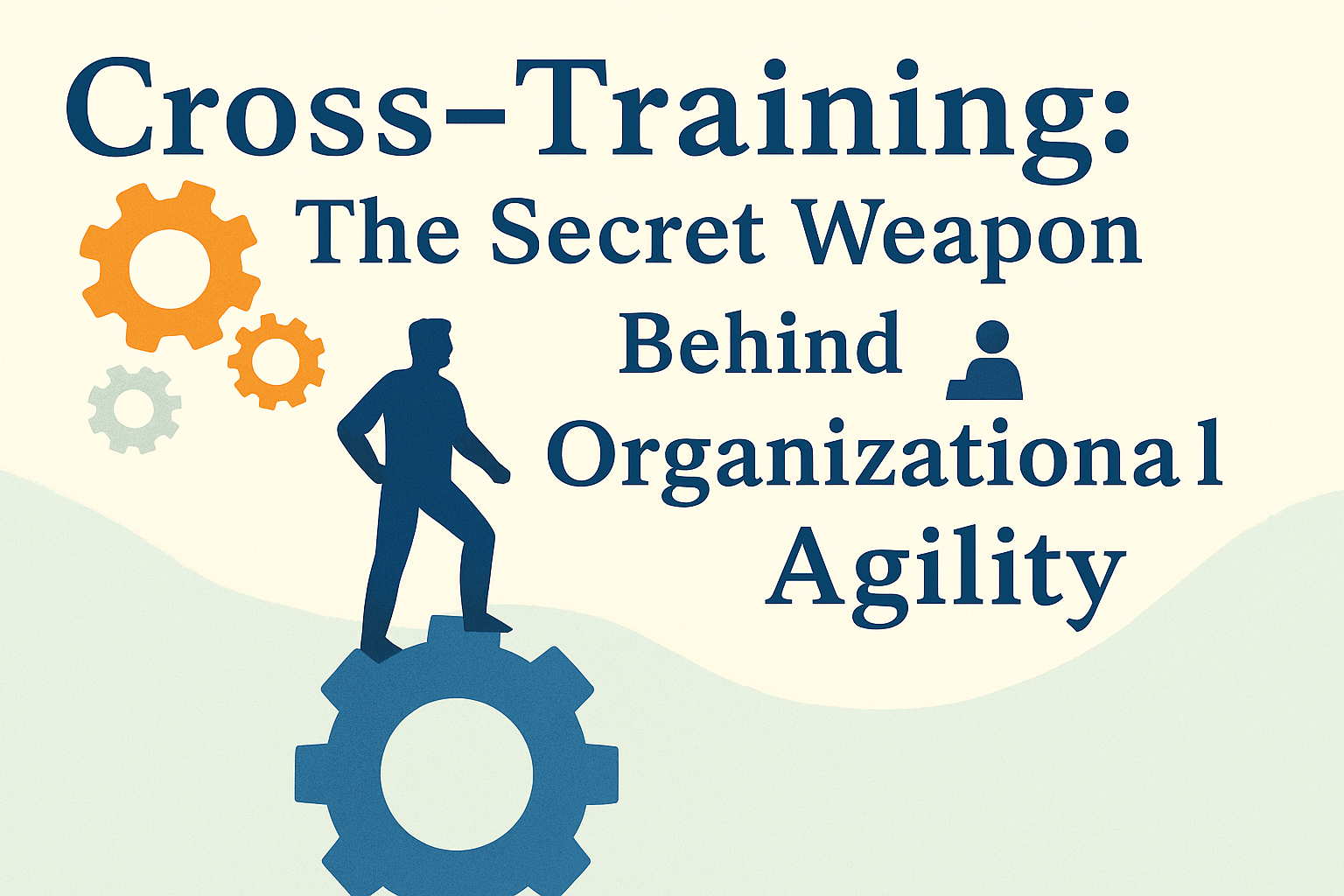While it is empowering to have a firm grip on the training status of your team, you also need to know the building blocks and levels of each position within. How do your technicians move from level 1 to level 2? How do they become certified? What additional resources do they need, and how is their learning journey orchestrated over time to allow for growth?
When you factor in the changing landscape of new products, features, and technologies that OEMs and dealerships are constantly faced with, static training isn’t going to cut it anymore. You can’t just check a box for competency at your dealership because the skills of your technicians are dynamic. They will change in response to these new waves, and your learning management system (LMS) needs to be able to accommodate these shifts as well.
Orchestrating a Skill Path
Orchestrating a skill path for the roles within your organization is a complex process. You, of course, have the training that is tied to those specific skills housed in your LMS library. The learning of that skill consists of a collection of training items and ranges across different business dimensions such as sales, service, customer relations, etc. These job specific skills, when combined, can then be used to define levels of competency within a job in your organization.
But there’s more to orchestrating skills and defining levels. Composing the movement between those levels is a very dynamic process, and usually requires more than just the completion of skills-based learning. They can also rely on outside metrics like units repaired, customer satisfaction, time in service, and other business KPIs to manage the process. These metrics are used to ensure experience-based competence is included in the progression.
How is your organization measuring the impact of competency-based training along a development path? If you’re like most, there is little, if any direct link between training and business performance. LatitudeLearning allows you to measure the impact of training using key performance indicators (KPIs) you already track, such as fixed first-time (FFT) rates, repair order (RO) metrics, parts and unit sales or net promoter score (NPS) ratings. By including these in your training and certification process, there is a direct link between training and business impact, and it’s visible across the extended enterprise training landscape.
Extended
Enterprise
Learning
Building Capabilities and Driving Performance Across the Value Chain
Get the eBookKeeping Your Skills In Perfect Harmony
The orchestration of these skills and the ability to change over time is something that we are passionate about at LatitudeLearning. We’ve built our system to accommodate the dynamic nature of these skills to keep your training in harmony with the needs of your extended enterprise.
In the industries of OEMs and extended enterprises, the criteria that we use to define the different levels of the roles within our organizations are often changing. We must be able to redefine what the different levels of particular skills mean based on the most recent technologies and practices we are presented with.
LatitudeLearning offers a feature that allows you to orchestrate the complexity of changing levels with any nuances as they may relate to networks, organizations, brands, or products. Our LMS encompasses all of the complexity that you face in an extended enterprise, allowing you a real-time glance of the training status in your entire network.
LatitudeLearning’s Approach To Orchestrating Skills
This skills-based approach also helps you identify where your gaps exist and what upcoming training needs are. With a compilation of training data, you now have the information you need to determine the demand for more resource intensive instructor-led courses and to know where and when those courses will need to be delivered to keep your team up to speed, all while maximizing your training resources.
Supporting additional themes and nuanced motifs, like changing regulations or industry standards to accommodate the evolution of products, support of brands, and evolving technologies is critical to ensure your extended enterprise is in tune.
With an extended enterprise LMS like LatitudeLearning, these variations are constantly being calculated and evaluated, giving a more robust touch-point on training in your organization at any given time.
Orchestrate Your Training With LatitudeLearning
Communication of training throughout your organization is crucial to ensuring your dealerships have the appropriate number of staff that is trained and competent. Extended Enterprise training managers can use the Teams and Skills features within LatitudeLearning to view how the skills of a team are being developed and orchestrated at all locations within their network.
To help in this orchestration, Managers of those teams have access to view their team’s training as well to understand where they need to help move the process along and which of their technicians will be advancing from one level to another in the near future.
A collaborative training environment where multiple parties are working together to ensure that industry standards are being practiced and regulations are being met is the key to a well-orchestrated symphony of skills.
LatitudeLearning offers an intricate LMS that helps extended enterprises and their partners accommodate the ever-changing skills in their industry while offering a fully transparent view of the training of an organization as a whole at any given time.
The functionality of our LMS is the cornerstone to helping you make better-informed decisions, armed with the data and analytics of performance and adequate roadmaps for planning ahead. If you’re ready for an LMS that’s going to keep you in stride with the evolution of your industry, try a free demo today. We know you’ll love it!
Why Choose LatitudeLearning?
Our guide reveals how we help you solve all your partner training challenges — and tailor it especially for you.
Get the Guide




